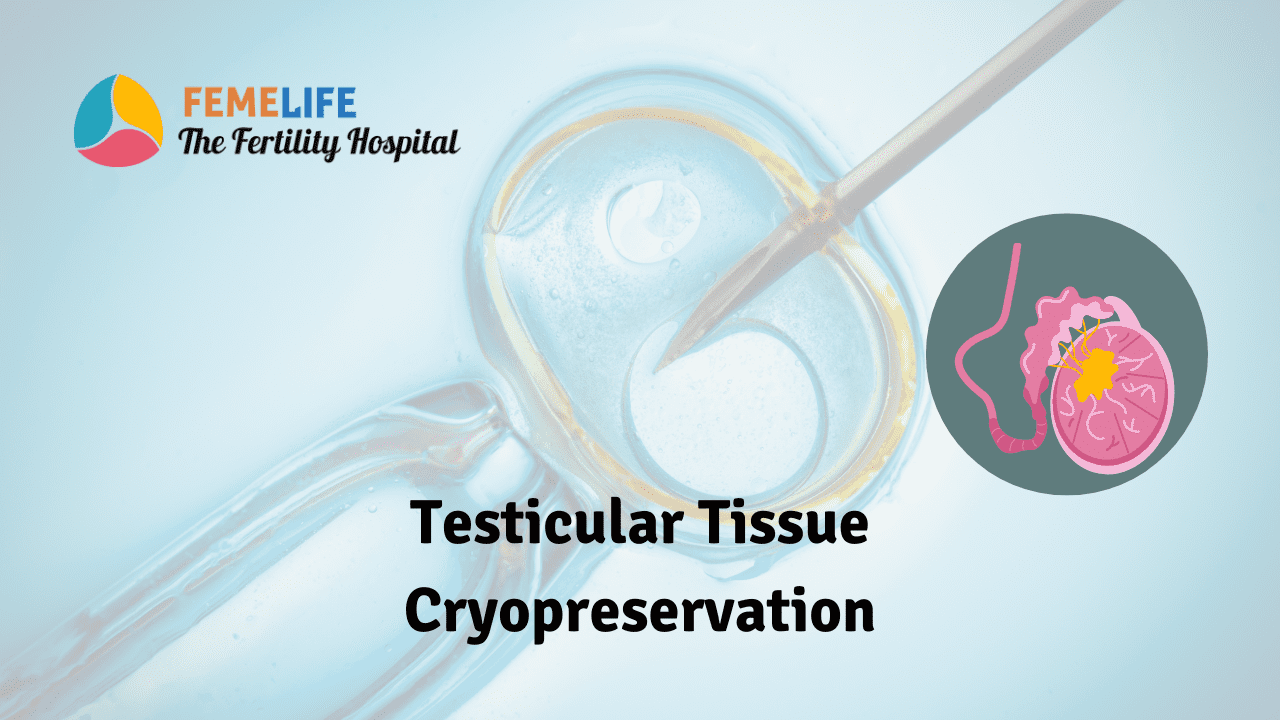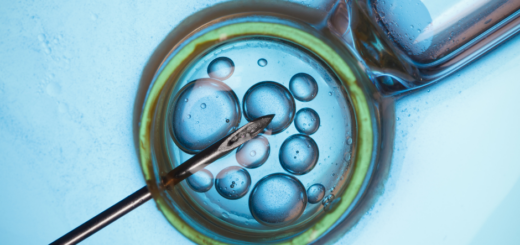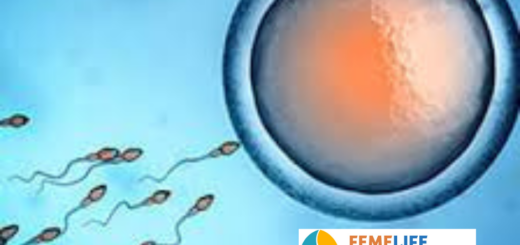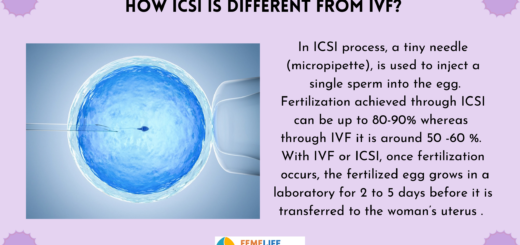Testicular tissue cryopreservation

Cryo-banking of reproductive tissues like testicular tissue cyropreservation enhances your reproductive management. Also, it makes certain sustainability of rare mammalian genotypes. These tissues include a large quantity of germ cells retrieved from testes of male. Testicular tissue cyropreservation includes early stages of (spermatogonia and spermatocytes), that may probably turn into possible spermatozoa. These cells may be grown in vitro, and the ensuing sperm cells then may be used for assisted reproductive techniques. In addition, tissues may be received from mature individuals, immediately postmortem or after orchiectomy. However testicular biopsies mostly collect samples from living individuals.
How to freeze these samples?
Testicular fragments are cryopreserved through the use of slow or ultra-rapid freezing, or maybe vetrification techniques. The composition of cryopreservation media can range according to species-unique characteristics. These media vary in the cryoprotectant type and concentration. At times, cancers treatments (chemotherapy or radiotherapy) affect the fertility of younger boys. By preserving tissue before such treatment could prevent male infertility and allow them to have children in the future. Standard techniques of fertility preservation are followed.
What is testicular tissue?
The testes are a part of the male reproductive system. Boys normally have testicles that sit withinside the scrotum. The testes are important due to the fact they produce sperm and the hormone testosterone. There are no mature sperm inside the men’s testicles however there are plenty of ‘sperm stem cells’. These stem cells produce sperm however this doesn’t occur till after puberty. The stem cells only work if they may be supported through neighboring cells. Together those cells are the ‘testicular tissue’ which may be cryopreserved.
What is cryopreservation?
Cryopreservation is a technique used to securely keep human tissue at very low temperatures (approximately -170˚C) the usage of liquid nitrogen vapor. Testicular tissue may be preserved on this way. The ultra-low temperature ‘cryogenic’ freezers can appropriately storage the stem cells and neighboring cells saved withinside the testicular tissue.
Is testicular tissue cryopreservation successful?
Testicular tissue cryopreservation is a method that has most effective these days been introduced into the worldwide for few years. It remains a tremendously new invention and so is termed ‘experimental’. Although the generation has been proven to achieve success in animals, so far there have been few any children born by the usage of human sperm from cryopreserved testicular tissue. A success rate in human beings becomes available as young boys with testicular tissue stored attain an age while they may be prepared to start a family.
How will testicular tissue be collected?
Testicular tissue might be collected throughout a short surgical operation done below general anesthetic. During the operation, the surgeons will open the scrotal sac and collect the wedge-shaped section (biopsy) from one of the testes. The testicular tissue might be right away taken through the tissue bank staff to the laboratory in which it’ll be processed after the cryopreservation.
Will this procedure damage the testis?
No – a testicular wedge biopsy is a normal surgical technique. After the biopsy procedure, each testicle will keep growing normally.
What will happen if you want to use tissue in the future?
When you decide to use the stored tissue, you can contact the tissue bank with proper documentation letter. You will then be provided an appointment to meet with one of the senior medical staff working with the Lab. Tissue Cryopreservation centre will discuss the maximum appropriate remedy options. This may also contain re-implantation of a number of the stored testicular tissue or there can be different options to be had at the time. Any future methods can be fully discussed together with a separate consent procedure for any use of tissue.
Is there any risk that stored testicular tissue could contain cancer cells?
Some cancers such as leukemia and lymphoma have a higher chance of spreading to testes than others. The testicular tissue accumulated might be screened for most cancers cells through available histopathology techniques prior to storage. Subsequently, needs to consider reexamination the use of the stored tissue before use. A sample might first be carefully examined for the presence of micro metastatic cancer cells.
What will happen when you no longer require tissue?
Your doctor will ask you to fill and sign the consent form before the tissue is collected. They will confirm all relevant alternatives in element. The tissue stored can be used for oneself only. Law prevents its use for any other patient or purpose. When you don’t need this any longer, the laboratory will destroy or can use for ethically authorized research. You have all the rights to discuss in person with your health professionals before the tissue cryopreservation service.




















